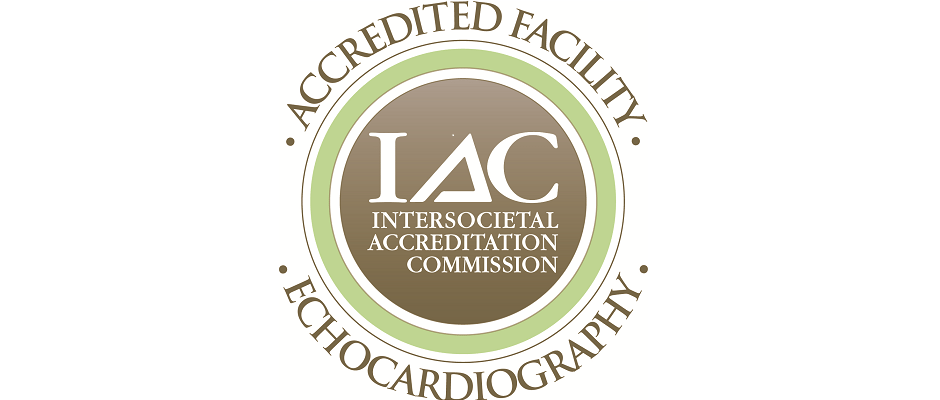
[This piece was written by John D. Filippone, MD, FACC, Albany Associates in Cardiology, St. Peter’s Health Partners Medical Associates.]
Back in November 2017, the American Heart Association (AHA) and American College of Cardiology (ACC) announced new, comprehensive blood pressure guidelines, the first time in 14 years they had been revised. The change that received the most attention was the recommendation that high blood pressure be treated at 130/80 mm/Hg rather than the previous standard of 140/90.
Why the change? It was determined that earlier detection, prevention, management and treatment of high blood pressure will have significant, long-term health benefits for those diagnosed with high blood pressure. The change from the old definition of 140/90 and higher recognizes the complications that can occur at those lower numbers.
Blood pressure represents the force that blood exerts against the walls of blood vessels as it is pumped by the heart muscle. It’s normal, of course, for a person’s blood pressure to rise and fall from minute to minute with changes in posture, exercise, stress or sleep. Get excited at a sports event, and your blood pressure will spike. As a result, doctors consider an average reading more important than that at any one time.
By lowering the definition of high blood pressure, these new guidelines recommend earlier intervention. By preventing further increases in blood pressure, it is hoped that patients can avoid or minimize the complications of hypertension.
Blood pressure categories in the new guideline are:
Normal: Less than 120/80 mm Hg;
Elevated: Top number (systolic) between 120-129 and bottom number (diastolic) less than 80;
Stage 1: Systolic between 130-139 or diastolic between 80-89;
Stage 2: Systolic at least 140 or diastolic at least 90;
Hypertensive crisis: Top number over 180 and/or bottom number over 120, with patients needing immediate intervention.
Treating high blood pressure traditionally begins with lifestyle changes. Patients are encouraged to:
- Exercise lowers blood pressure by altering blood vessel stiffness so blood flows more freely. It also helps you manage your weight, which can have an impact on blood pressure.
- Restrict sodium intake.
- Manage stress.
- Be mindful of caffeine consumption.
- Be aware of medications and supplements that can increase blood pressure, such as ibuprofen, naproxen, antidepressants, and decongestants.
The AHA and ACC anticipate that about 14 percent more Americans will be diagnosed with high blood pressure in 2018 due to the new guidelines. Many of those will be able to manage their high blood pressure by adopting the aforementioned lifestyle changes, while a small number of patients will need to be prescribed medication.
High blood pressure accounts for the second largest number of preventable heart disease and stroke deaths, second only to smoking. It’s known as the “silent killer” because often there are no symptoms, despite its role in significantly increasing the risk for heart disease and stroke. Knowing your numbers is an excellent step towards better health!
St. Peter’s Health Partners has three accredited Chest Pain Centers – Albany Memorial and St. Peter’s hospitals in Albany, and Samaritan Hospital in Troy – where patients receive expert diagnosis, management and treatment of chest pain, heart attack, and other cardiac conditions. Albany Memorial Hospital has a robust emergency room to manage patients with chest pain and is a referral center to the high-tech cardiac catheterization labs at St. Peter’s and Samaritan hospitals.
For more information, visit http://www.sphp.com/cardiac-vascular.





